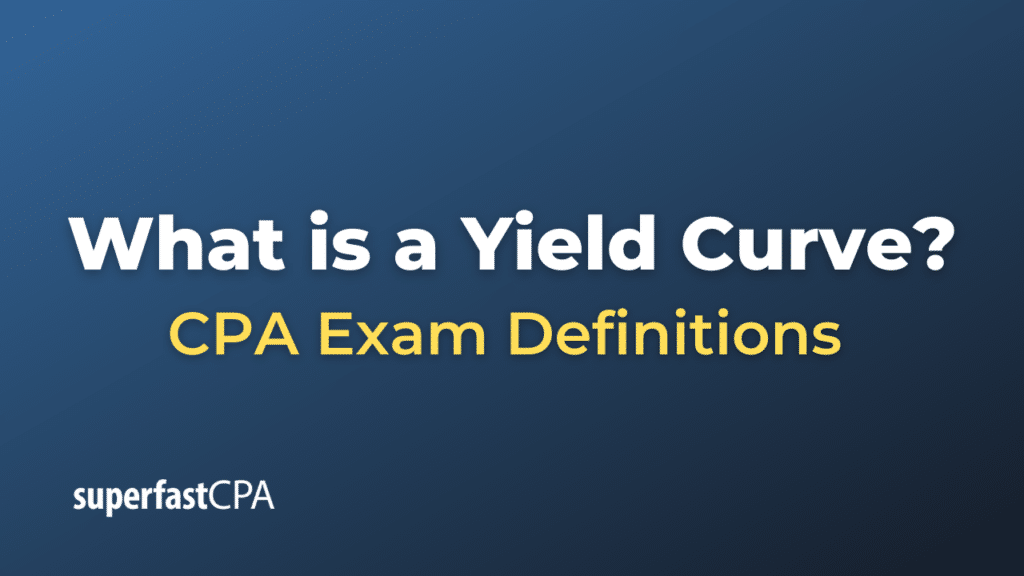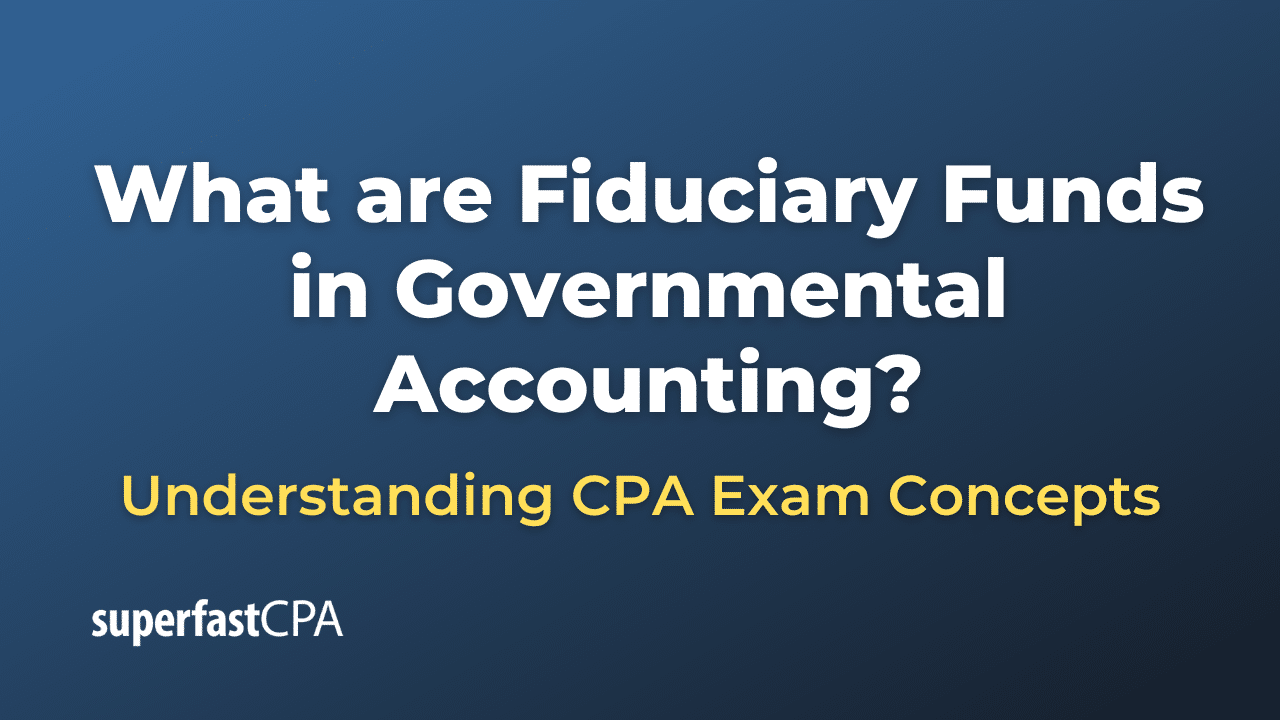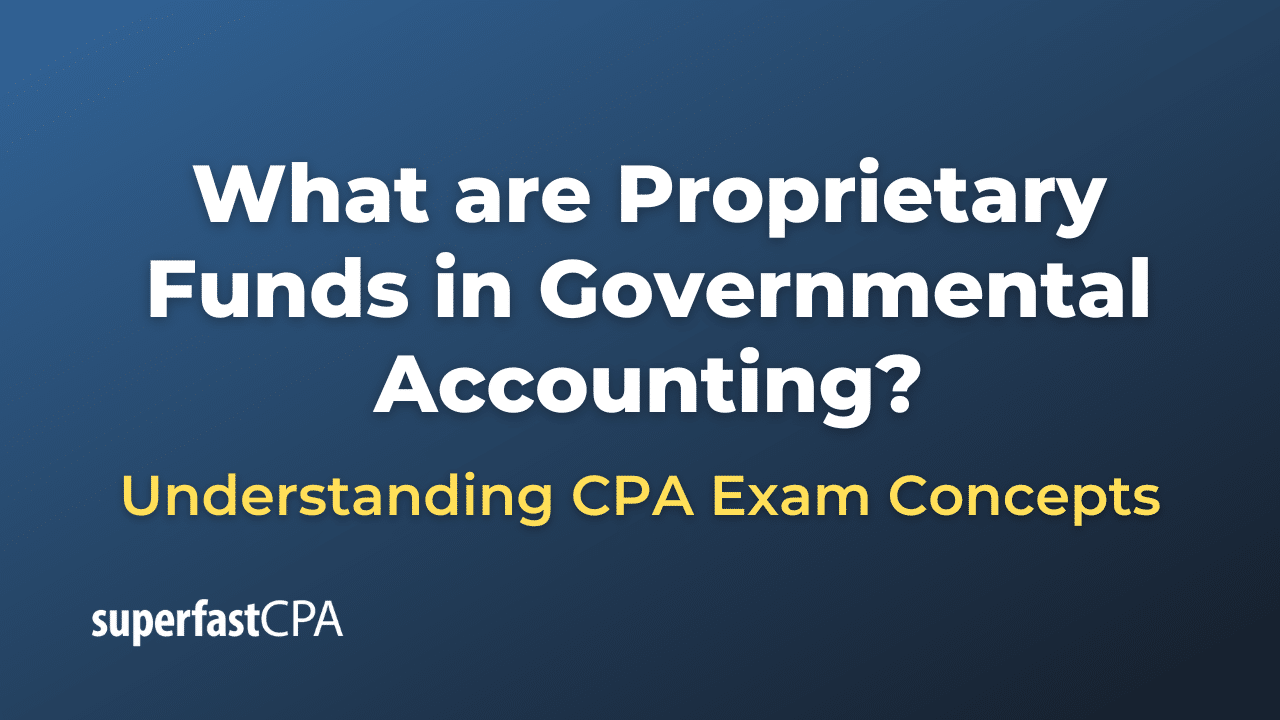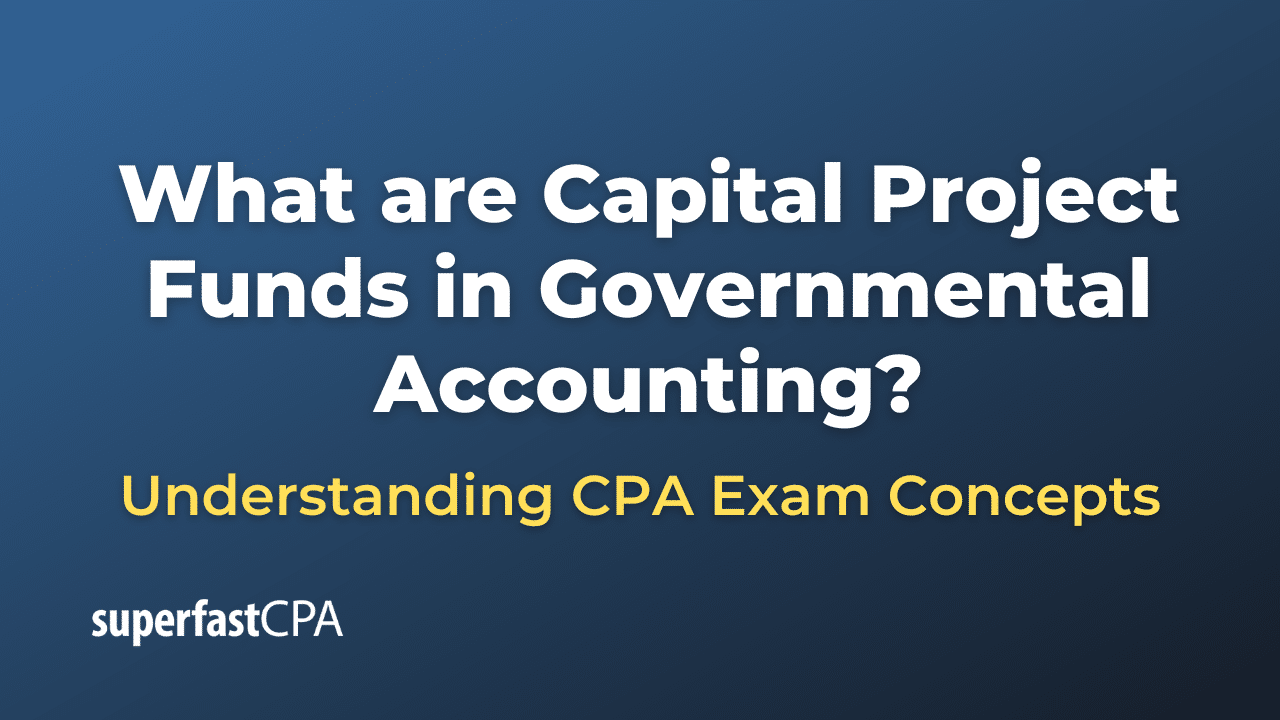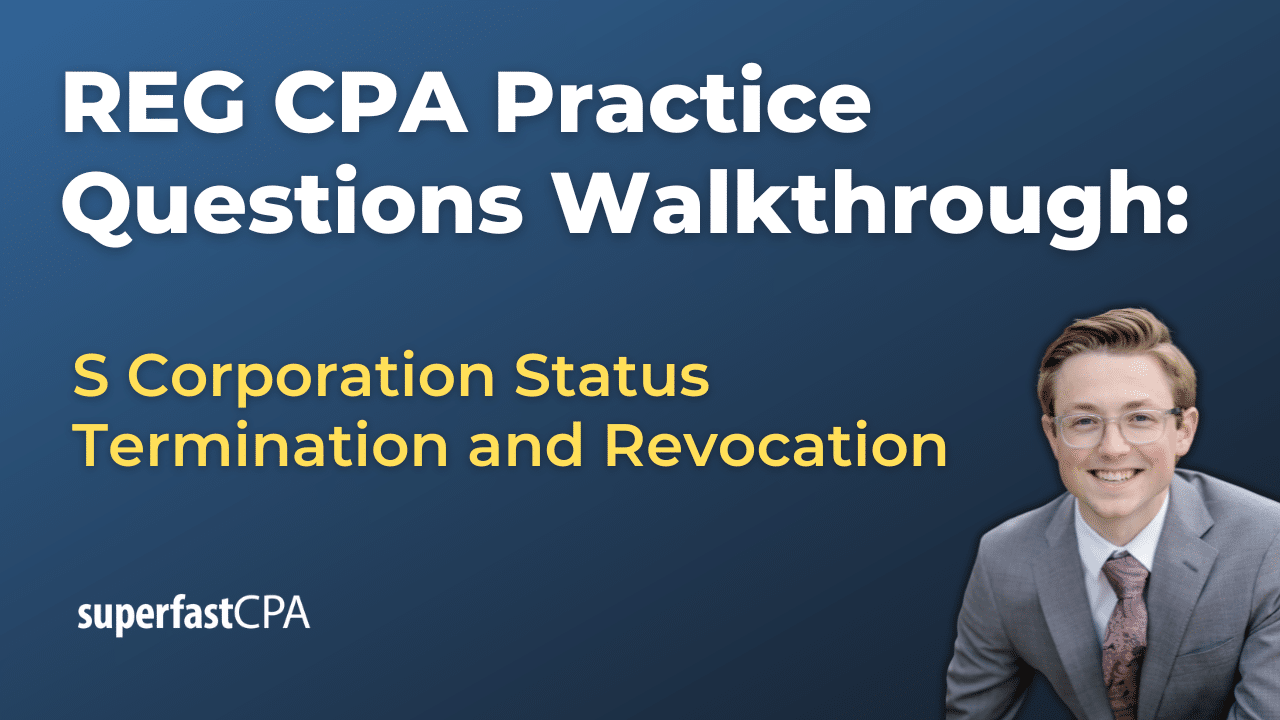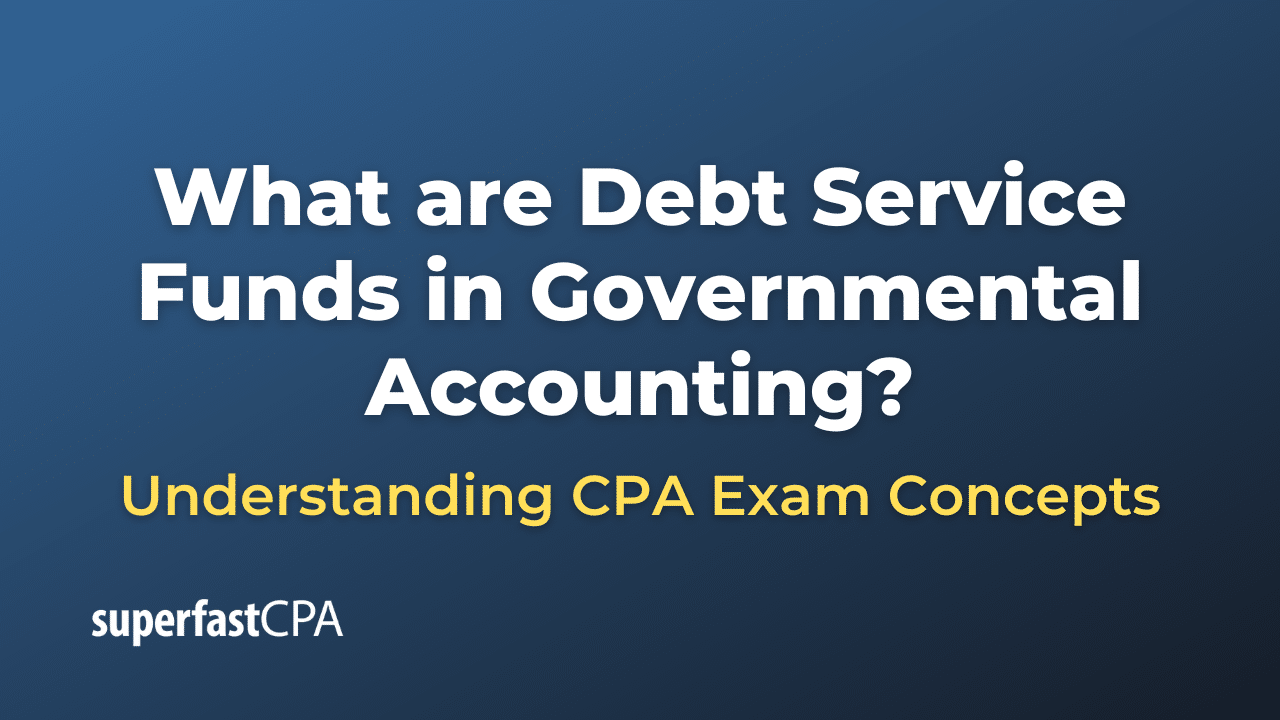Yield Curve
A yield curve is a graphical representation of interest rates on debt for a range of maturities. It shows the relationship between the interest rate (or cost of borrowing) and the time to maturity of the debt for a given borrower in a given currency. The curve is used to get a sense of current conditions in the financial markets and can take on various shapes, depending on investors’ expectations about future interest rates and economic conditions.
Common Shapes of the Yield Curve
- Normal (Upward Sloping): In a normal economic environment, longer-term bonds generally offer higher yields compared to shorter-term bonds. This shape indicates that investors expect a healthy economy in the future and are demanding a premium for taking the added risk of holding longer-term bonds.
- Flat: A flat yield curve suggests that there is little difference in yield between short-term and long-term bonds. This could indicate uncertainty about future economic conditions, and it often occurs during transitions between economic expansion and recession, or vice versa.
- Inverted (Downward Sloping): An inverted yield curve occurs when short-term interest rates are higher than long-term rates. This is generally considered a sign of upcoming recession, as it suggests that investors expect economic growth to slow and are moving their money into longer-term, safer assets.
- Humped or Steep: Occasionally, the yield curve will display unusual shapes like a hump, indicating higher yields for mid-term maturities compared to both short-term and long-term maturities, or a steep curve, indicating a significant increase in yields for longer maturities. These shapes could indicate market anomalies or transitions between economic phases.
Importance of the Yield Curve
- Economic Indicator: Many analysts see the yield curve as a predictor of economic conditions. An inverted yield curve has historically been a fairly accurate indicator of a forthcoming recession.
- Investment Decisions: The shape of the yield curve can influence investment strategies. For example, if the yield curve is steep, investors might “lock in” higher rates by buying longer-term bonds.
- Policy Decisions: Central banks often look at the yield curve when setting monetary policy, as its shape indicates the effectiveness of interest rate changes in influencing economic activity.
- Financial Institutions: The yield curve is critical for financial institutions like banks that borrow short-term funds but lend long-term.
Understanding the yield curve is crucial for both individual and institutional investors, policymakers, and economists as it provides valuable insights into current and future economic conditions.
Example of a Yield Curve
Let’s consider a practical example to demonstrate how the yield curve might be used in investment and economic analysis.
Imagine it’s January 2023, and you are an investment advisor monitoring the U.S. Treasury yield curve for your clients. You notice the following yields for different maturities:
- 3-month: 0.5%
- 6-month: 0.6%
- 1-year: 0.8%
- 2-year: 1.0%
- 5-year: 1.2%
- 10-year: 1.1%
- 30-year: 1.0%
Analysis
Upon plotting these yields on a graph, you realize the curve is inverted—short-term rates are higher than long-term rates. This is typically a sign of economic trouble ahead, as investors are flocking to long-term bonds as a safer bet, driving their yields down.
Investment Decisions
For Individual Clients
- Safer Bonds: Given the inversion and the typical economic cycle, you might recommend that more risk-averse clients consider short-term bonds to avoid the potential downside risk of holding long-term bonds in a recession.
- Diversification: For clients willing to take moderate risks, you might suggest diversifying their portfolio, perhaps even considering non-traditional assets or international bonds that might behave differently than U.S. bonds.
- Equity Rebalancing: For clients with a high proportion of stocks in their portfolios, you might recommend a rebalancing given the warning signals from the yield curve.
For Business Clients
- Credit Lines: If the business clients have an option to secure long-term financing at current rates, you may advise them to consider it, as rates could go up if the economy actually enters a recession.
- Capital Expenditure: For businesses contemplating significant capital expenditures, the inverted yield curve might serve as a cautionary signal to maybe hold off or scrutinize the expenditures more closely.
Economic Policy Implications
An inverted yield curve like this would likely catch the attention of policymakers and economists:
- Federal Reserve: The central bank might reconsider its monetary policies, possibly lowering short-term interest rates in an attempt to stimulate economic activity.
- Government: Policymakers might consider fiscal measures, like tax cuts or increased public spending, to stimulate the economy and counteract the effects of a potential recession.
Public Interpretation
The inversion of the yield curve would likely make headlines in financial news, possibly affecting market sentiment. Investors and the general public could become more cautious in their spending and investment decisions, sometimes even leading to a self-fulfilling prophecy of economic slowdown.
By monitoring and understanding the yield curve, investors, advisors, and policymakers can make more informed decisions and prepare for various economic scenarios.

